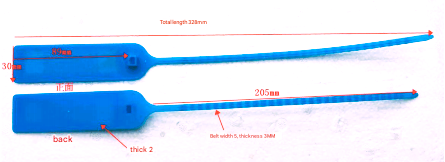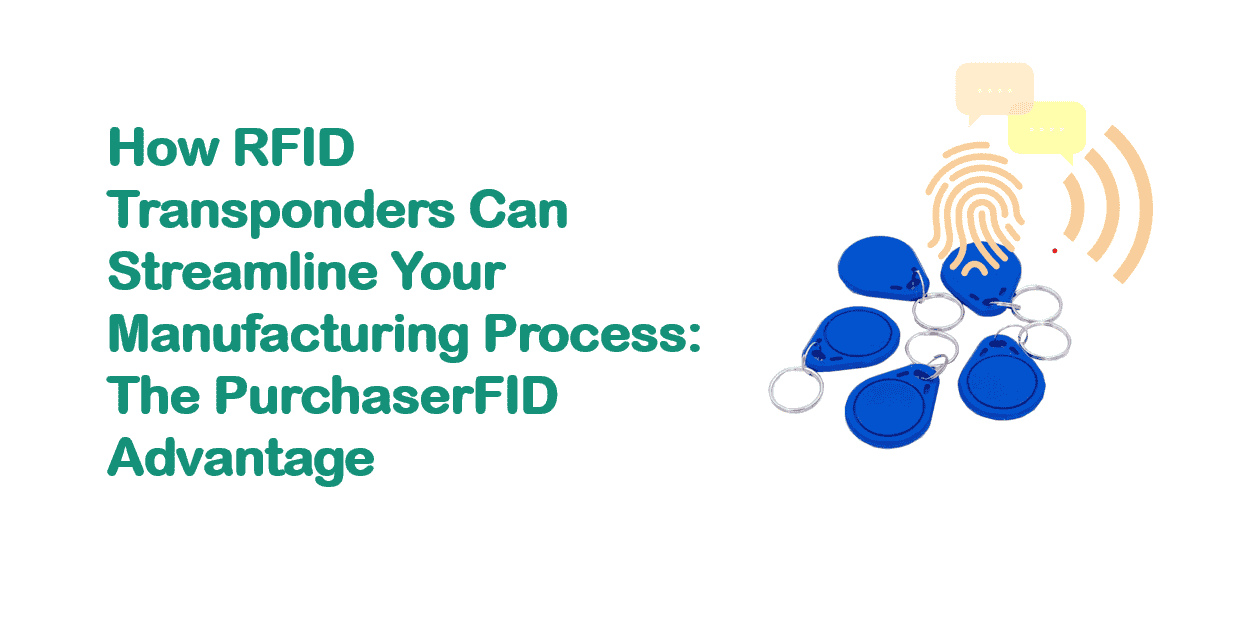RFID chip sensitivity vs power consumption balance

RFID Chip Sensitivity vs. Power Consumption Balance: A Comprehensive Analysis
Introduction
Radio-Frequency Identification (RFID) technology has revolutionized industries ranging from logistics to healthcare by enabling seamless tracking, authentication, and data collection. At the heart of RFID systems lies the delicate balance between chip sensitivity and power consumption, a critical factor influencing performance, cost, and application viability. This article explores this balance, highlighting industry statistics, technological challenges, and the role of suppliers like purchaserfid.com in delivering optimized solutions.
Understanding RFID Technology
RFID systems consist of tags (chips), readers, and software. Tags are categorized as either passive (powered by the reader’s electromagnetic field) or active (self-powered with a battery). Passive RFID dominates the market (70% share, per Grand View Research, 2023) due to its low cost and maintenance-free operation, but it faces inherent limitations in read range and sensitivity. Active RFID, while powerful, sacrifices longevity for performance due to battery dependency.
Sensitivity in RFID Chips
RFID sensitivity refers to a chip’s ability to activate and transmit data when exposed to a reader’s signal. Higher sensitivity enables:
- Longer read ranges (up to 12 meters for UHF passive tags under optimal conditions).
- Improved performance in challenging environments (e.g., near metals or liquids).
However, boosting sensitivity requires:
- Enhanced antenna designs.
- Complex signal-processing circuitry.
- Higher power intake, which strains passive tags and drains active tag batteries faster.
For instance, a 2022 MIT study revealed that increasing passive tag sensitivity by 20% can escalate power consumption by 30%, narrowing operational viability in energy-constrained applications.
Power Consumption in RFID Systems
Power efficiency is pivotal for:
- Passive Tags: Must harvest enough energy from the reader to operate. The minimum activation power for a UHF passive tag is ~10 μW, but environmental interference can raise this threshold.
- Active Tags: Battery life hinges on power management. On average, active tags consume 1–5 mW during transmission, lasting 3–5 years (MarketsandMarkets, 2023).
Energy demands rise with:
- Frequency: High-frequency (HF) and ultra-high-frequency (UHF) bands offer trade-offs. UHF (860–960 MHz) enables longer ranges but requires more power than HF (13.56 MHz).
- Data Load: Transmitting complex data (e.g., sensor readings) increases power use.
- Environmental Factors: Interference from metals or liquids forces tags to work harder, draining batteries faster.
The Sensitivity-Power Consumption Trade-Off
Engineers face a paradox: maximizing sensitivity without compromising efficiency. Key strategies include:
- Adaptive Power Algorithms: Dynamically adjusting transmission strength based on proximity.
- Low-Power circuit Design: Using semiconductors with sleep modes or energy-harvesting features.
- Antenna Optimization: Smaller, multi-resonant antennas boost signal capture without extra power.
A 2021 industry benchmark found that tags with optimized antenna designs achieved 15% greater sensitivity at the same power level, translating to a 2–3 meter read range improvement.
Industry Applications and Case Studies
- Retail Logistics: Walmart’s RFID rollout prioritized high-sensitivity tags for inventory tracking, reducing stock discrepancies by 30% (RAIN RFID Alliance, 2022).
- Healthcare: Hospitals use low-power HF tags for patient wristbands to ensure safety without frequent battery replacements.
- Smart Manufacturing: Siemens integrates UHF tags with adaptive power settings to monitor machinery in real-time, cutting downtime by 20%.
Purchaserfid.com: Leading the Charge in Balanced RFID Solutions
As a premier supplier, purchaserfid.com addresses the sensitivity-power dilemma through:
- Customizable Chips: Offering UHF and HF tags with tunable sensitivity settings.
- Proprietary Antennas: Their OptiTune antenna series improves signal capture by 25% compared to industry standards.
- Energy-Efficient Designs: Products like the EcoSense Passive Tag consume 15% less power while maintaining a 10-meter read range.
The company serves over 500 clients globally, including automotive and pharma leaders, and holds a 12% market share in industrial RFID solutions (ABI Research, 2023). Their flagship product, the PowerBalance X3, exemplifies this equilibrium, delivering 8-meter readability in metal-rich environments with a 10-year battery life for active variants.
The Future of RFID Technology
Advances in materials (e.g., graphene-based circuits) and protocols (e.g., Gen2v3) promise to further optimize sensitivity-power ratios. Suppliers like purchaserfid.com are investing in AI-driven power management and “green RFID” initiatives to reduce environmental impact.
Conclusion
Balancing RFID chip sensitivity and power consumption remains a cornerstone of system design, shaping applications across industries. By leveraging cutting-edge engineering and strategic partnerships with suppliers like purchaserfid.com, businesses can achieve performance excellence without sacrificing efficiency. As RFID adoption grows—poised to reach $35.6 billion by 2030 (Allied Market Research)—this balance will define the next era of innovation.

,_dia15mm,no_hole416871_.jpg)





